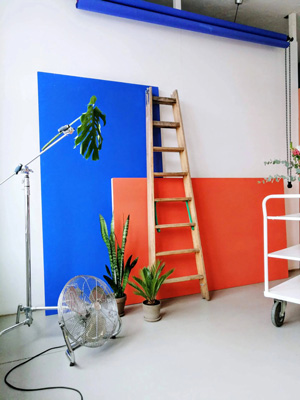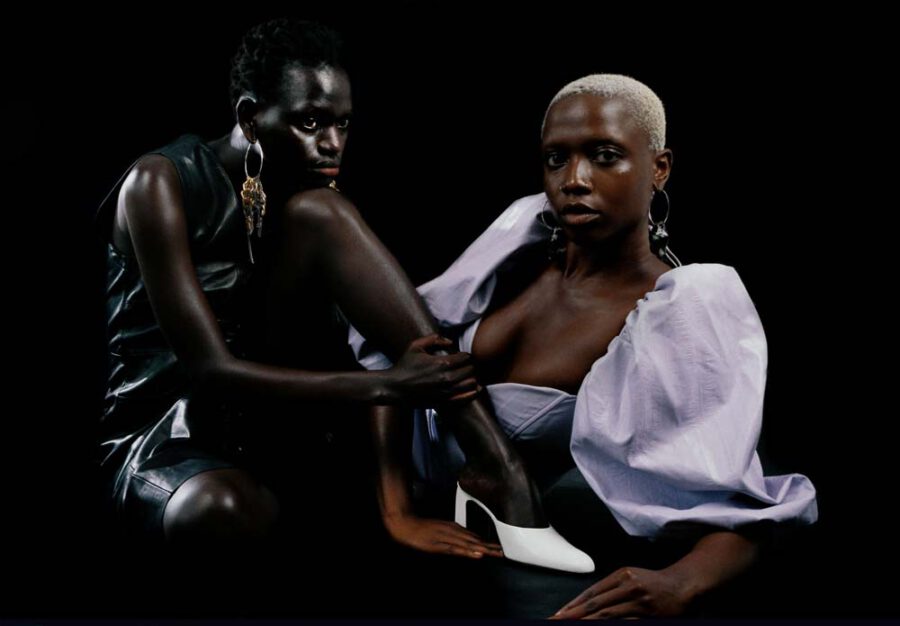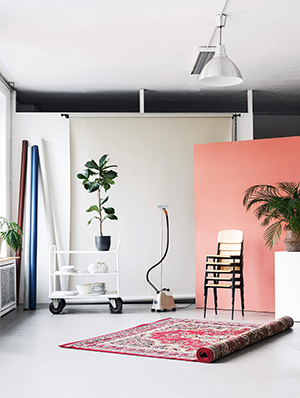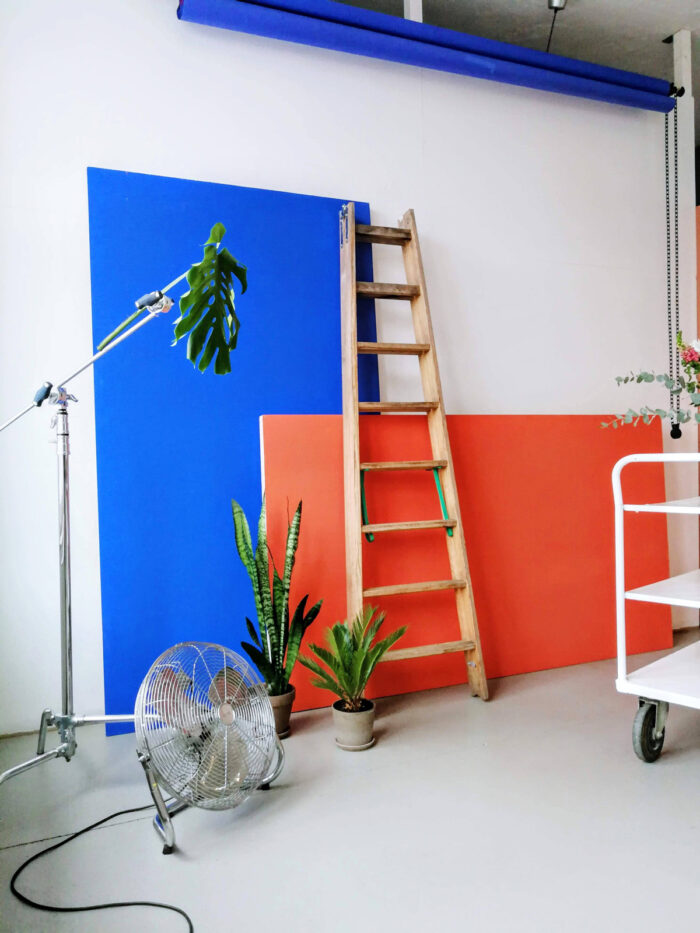Introduction
Photography is an art form that captures moments in time. The art of photography has evolved over the years with new technologies and techniques. Studio photography, for example, is a type of photography that takes place in a controlled environment where the photographer can control lighting, background, and props to create perfect portraits.
Studio photography is not suitable for every situation. Portrait photography, on the other hand, can be done anywhere with natural light or artificial light to achieve stunning images. Photographers create these images by using a combination of different techniques such as posing the subject and using different lenses to capture them from different angles.
Photography is an effective way to express oneself. There are many different kinds of photographers and their works reflect different styles of photography. Photography can be used for personal projects or for professional, business, and advertising purposes. Photographers may specialize in one type of photography: travel, nature, portraiture (portrait), or environmental photography.

Lighting and Lighting Techniques for Studio Photography
Lighting is a crucial factor in any image. It is a way to set the mood and atmosphere for the photo. There are many different types of lighting and lighting techniques for studio photography. Each type of light has its own properties, which can be used to create different effects in photos. Different types of lights include natural light, artificial light, flashlights, strobes, continuous lights, and so on. The most common type of artificial light is the strobe or flash. Strobes work by rapidly flashing a bright burst of light onto your subject and can be used during daytime or nighttime shoots. The next most common type of artificial light is continuous lights or constant lights. These are often used as an alternative to strobes because they provide softer lighting without as much contrast as strobes do. Artificial light can be a tricky thing to use because it often creates different effects from natural light.
Natural light tends to produce softer, more even lighting and is better for portraits and artistic shots. Artificial light creates harsh shadows and highlights, making it easier to create dramatic images with strong contrasts. Artificial lights also have a much shorter range than natural lights do

Setting Up Your Studio for Everything but the Subject
Setting up your studio for portraits is a must. You need to create the perfect environment for your subjects to feel at ease and have their best portraits taken.
There are a few things that you should keep in mind when setting up your studio for portrait photos:
– The background of the photo should be simple and not distracting.
– The light should be soft, natural, and flattering.
– If possible, try to get some props that can set the mood of the photo such as flowers or a nice vase.

Shooting the Photos with Basic Guidance from You! – The Photographer
Photographers are artists but they also have to be experts in photography. It is not enough to just take photos. You need to be able to edit them, retouch them and make sure that they are of the highest quality. You also need to be able to market your photographs. Photographers are artists but they also have to be experts in photography. It is not enough to just take photos. You need to be able to edit them, retouch them and make sure that they are of the highest quality. Photographers use a variety of equipment including cameras, lenses, lighting, and computers. They use these items for many different reasons including art and photography. Photographers use a variety of equipment including cameras, lenses, lighting, and computers.

Conclusion
The following are some tips for taking great studio photos of people:
– Use a tripod. This will give you more control over the camera and take away the shake.
– Get a reflector. This will help to fill in any shadows that might be on your subject’s face or body.
– Use natural light. If you can, try to shoot during the daytime, when there is more natural light available to you.
– Take time to plan your shots and poses before shooting them in order to get the best results possible.

